When doing research on my trips, I occasionally stumble upon things that I absolutely must see in places I go to, even if everyone else is unwilling (and especially if everyone else is willing). I am somewhat regretful I didn’t make Al Amn, as Edmunds termed it “The best driving road ever”, even though it’s probably not necessarily true (since the Stelvio Pass likely beats it), but when I found that Tottori prefecture had … what it had, I realised I absolutely must visit. Of course, that will only come in part 2, so in the meantime, I must engage my cherished readers in alluring banter that will make browsing through a thousand pictures easier. I swear I’d have posted it all in one day, but I felt the first day had enough experiences to justify a post by itself, and day 2 will cover the entire reason why I went there. Of course, as many of my trips tend to, ours started by eating. We ate at a roadstop near the Sea of Japan where I expected to be able to find some decent fish.
The handwritten entrance sign was encouraging…
The interior was somewhat rustic:
The view was pretty nice:
And the food was decent. Note that I say “decent”. Some years ago, while driving around Chiba, we randomly went to a roadside restaurant that sat on the side of the ocean. We were completely floored by their food – it was fresh, it was original and although the presentation was classic Japanese in its arrangement and beauty, it still felt like a mom-and-pop shop where the owners were cooking – and doing so very well. This wasn’t really the case here. The food was solid, but nothing out of this world; so in the end, it was just another diner at a huge parking lot near a highway (really, in retrospect, that should have been the most obvious giveaway).
A view of the Tottori beaches:
After lunch, we began our cultural program. Our first stop were the ruins of Tottori castle, complete with an interesting mansion built on its grounds. As is often the case with many castles, this one was surrounded by water, and by sakura (cherry blossom) trees which were approaching full bloom.
The main road onto the castle grounds was packed with street vendors selling various local delicacies, none of which I had absolutely any interest in.
In many cities, the castles have fallen into ruin, and very few cities actually have impressive castles (like Himeji does, for instance). Tottori, unfortunately, is no exception – so no actual castle remains. What I did want to see, though, was the Jinpukaku mansion, though. Built by the 14th lord of the Ikeda clan. Built to (possibly) house future Emperor Taisho during his tour of Japan in the early 20th century, it was a radical departure from the traditional Japanese architecture. We must remember that the Meiji period, which is when the mansion was built, saw an opening of Japan to the West, and an assimilation of various elements of Western culture. The demise of the samurais, the switch to Western clothing and so on all happened during this time, so, I suppose, during such a wildly “progressive” time, it is only natural that rather than looking like this (interestingly, note the Christian church in the background)….
… the Ikeda mansion looks like this:
When built, it was the first building in Tottori to be electrified, and it was a beacon of progress. Of course, being an imperial mansion, the grounds are impeccable:
The interior is rather curious, as well. The most notable feature is that the mansion is done in a distinctly Western style… and yet all the floors are tatami mats. I suppose there were things even the modernists of the day were unwilling to surrender 🙂
We climbed the mountain to the ruins of the Ikeda castle to see a pretty vista of the city of Tottori:
On the way back, we saw a heart-warming sight.
The little girl was tired, and her brother was carrying her on her back.
We went on to the Children’s Toy Museum, where I experienced something completely shocking. On arrival, we looked at the price board, and something nonsensical was on it. It was 500 yen for admission……. unless you’re a foreigner, in which case it was half price. I have never seen that. Typically, foreigners pay double (or more), but half? The man at the cash asked to see some foreigner ID from me, which I didn’t have, but he gave me the 50% off, anyway; in retrospect, I should have told him that if he thinks I look like a Japanese national, I would gladly pay the full price. 🙂 Apparently, though, because they have received a tremendous amount of support from various countries around the world, they are looking to encourage foreigners to visit, and hence are discounting admission fees for them.
It wasn’t as varied as the Singapore museum, but it was interesting nonetheless:
On leaving the museum, since it was approaching 5pm, we figured it would be best to head to the hotel (or more specifically, the ryokan – a traditional Japanese hotel). Hotels in Japan tend to generally be a lot more punctual on checkin/checkout times, and even more so with ryokans where breakfast and dinner are included: you really, really need to be on time there. So we went there, but not before I came across a lady walking a really, really old Shiba. I absolutely had to stop and chat, and this deserves a small digression.
Generally, since I spent most of my time in the Osaka area and the Tokyo area, I have experienced exactly two reactions from people when I speak to them in Japanese. One is of utter disbelief (akin to the Russian joke, in which an Armenian comes to a zoo, looks at a giraffe, takes in its size…. shakes his head, says “nope, this can’t possibly exist”, and walks away), followed by a response in broken English. The other response, iconified in my glorious experience in the middle of the night in Ibaraki, a somewhat rural city between Osaka and Kyoto, went something like this. I was lost, and I flagged a passerby to ask where the city hall was, which would have oriented me towards where the train station was. So I asked her, in (and the intent is not to show off my Japanese skills, but to situate the readers) my relatively fluent, and even area-local Japanese, where this city hall was. She looked at me with the look of the Armenian in the Russian joke above, stuttered, “NOTTO-UNDERSTANDO” and ran away. So this has been my experience in Japan, by and large.
Peculiarly, my experience in Tottori was completely the opposite. First, when refuelling at a gas station, the attendant came over to chat. While the car was refuelling, we chatted about this and that, he told me about his sister who has a foreign boyfriend who speaks no Japanese, I commented that that’s kind of lazy of him, that the attendant happily agreed with. Most of my conversations with the inhabitants of Japan tend to be either transactional, where either I, or they, need something, such as in the case of buying things, accessing things, and so on; or singular-emotional, such as “what a beautiful tree! — Yes, ain’t it.”. This one here, though, was refreshingly pointless, where we could have been chatting about the weather, or anything, really.
So when I saw the woman pass by with an extremely elderly Shiba, I felt I had to inquire how old the dog was. Field research, so to say, as the dog looked to be extremely old. I literally walked about a block after I saw her, and I doubled back. Strangely (because, as I describe above, it IS strange in Japan), the woman neither ran away, nor got scared. We just started chatting about her dog, and Shibas in general. Turned out the dog was 15 years old, and until 14 was a healthy, active grandma – until old age hit at 15, and she became barely able to walk around. I told her I had a Shiba, as well, and our conversation went on for a few minutes. I appreciated it very much, and it made me feel like people in Tottori are… just nice.
Ending this parenthesis, we then set off to our hotel. I prefer to pick smaller ryokans, as you tend to find more personal, friendly service in these kinds of places, so I booked one that had only three guest rooms. It was located in Yoshioka-Onsen, an area southwest of Tottori city, which was powered by underground geysers and tourists. Strangely, this seemed to be a low season (despite it being sakura season), as many ryokans were shut, few tourists were on the roads, and all we could see was occasional elderly locals scuttling about. Our ryokan looked effectively like someone’s house (and it probably was, at some point in the past):
The vestibule was quite typical:
The owner welcomed us and showed us to our room, which was already set:
Welcome sweets were provided:
Prior to catching dinner, we went for a short walk to explore the neigbourhood (the middle car was ours):
Came across a nice waterfall:
When we came back, dinner was served: 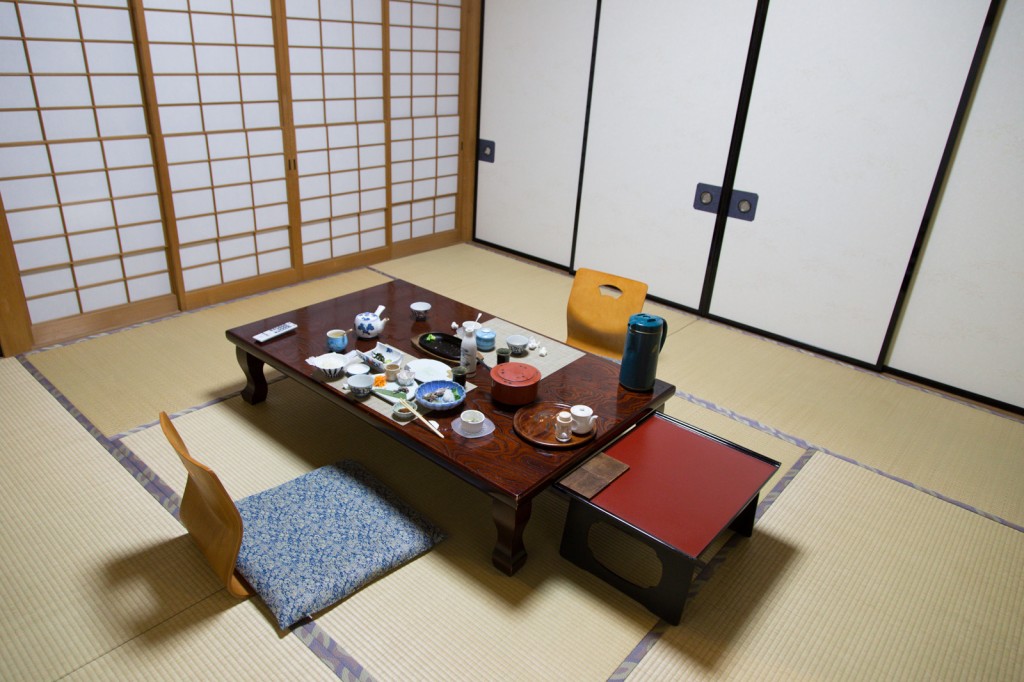
After dinner finished, I felt I had to grab a few pictures of “yoo-zakura”, which is evening sakura – typically, backlit with ambient or artificial light.
On the way back to the ryokan, I felt like I had to take some pictures of the deserted roads.
As I was capturing some shots, an old lady was passing by. She saw me hiding behind a lamppost trying to take some of these shots, and (once again, unlike any other Japanese city I’ve been in) she walked over to me to check what I was doing (I mean, a foreigner, out alone in the dark, hiding behind a lamp post, right?). So since I didn’t want her to get a heart attack or something, I called out to her – “Night sakura’s quite pretty, isn’t it?” She got all happy, nodded, and walked off.
Puzzling city, indeed.

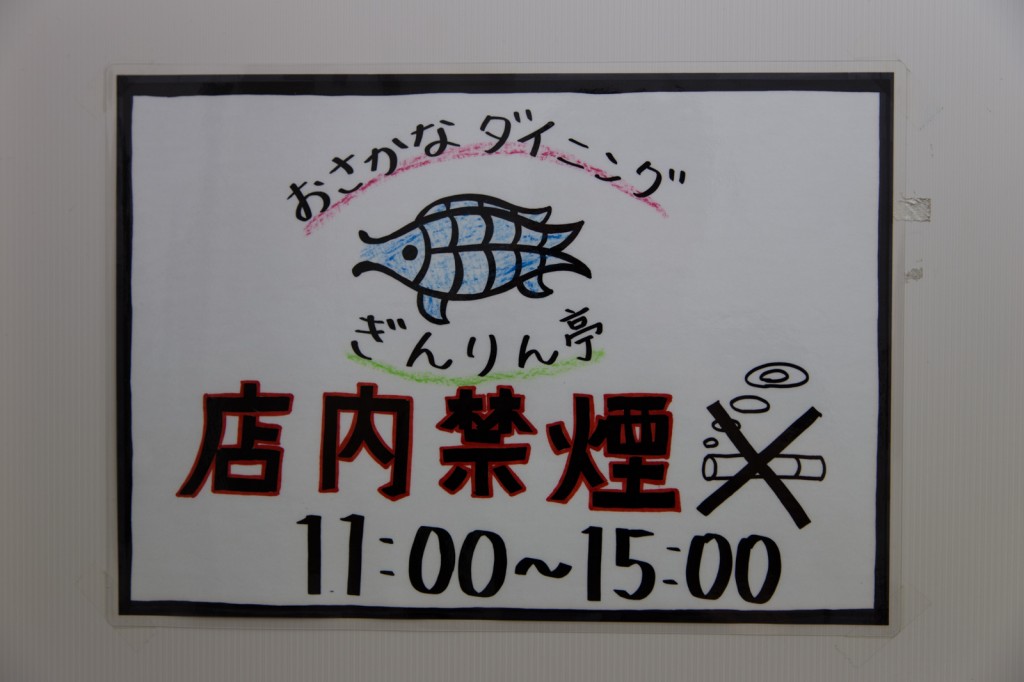

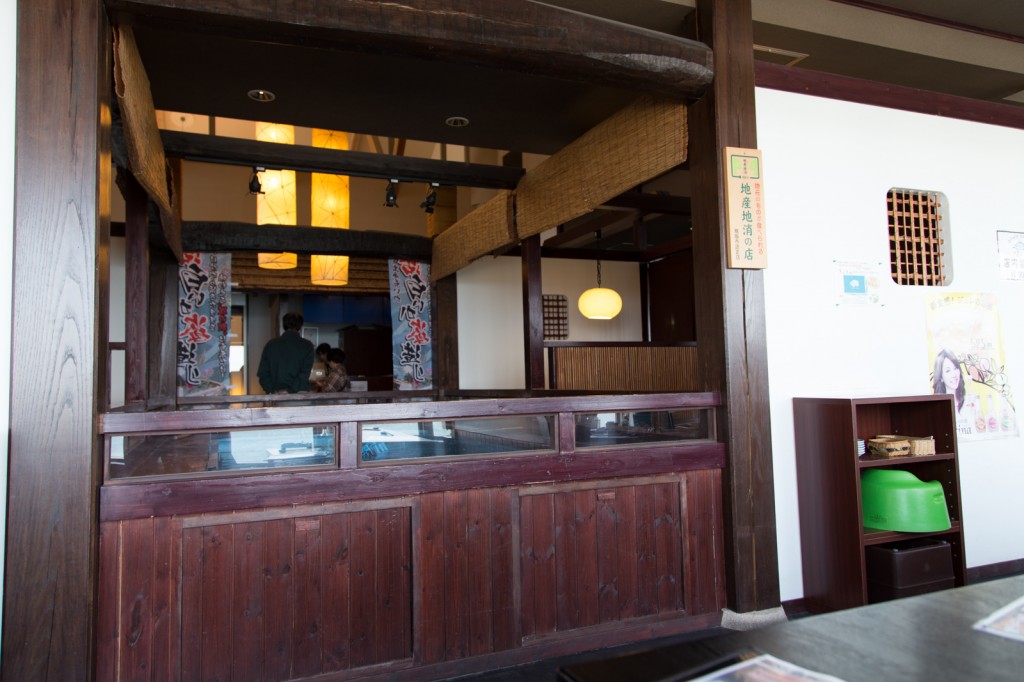
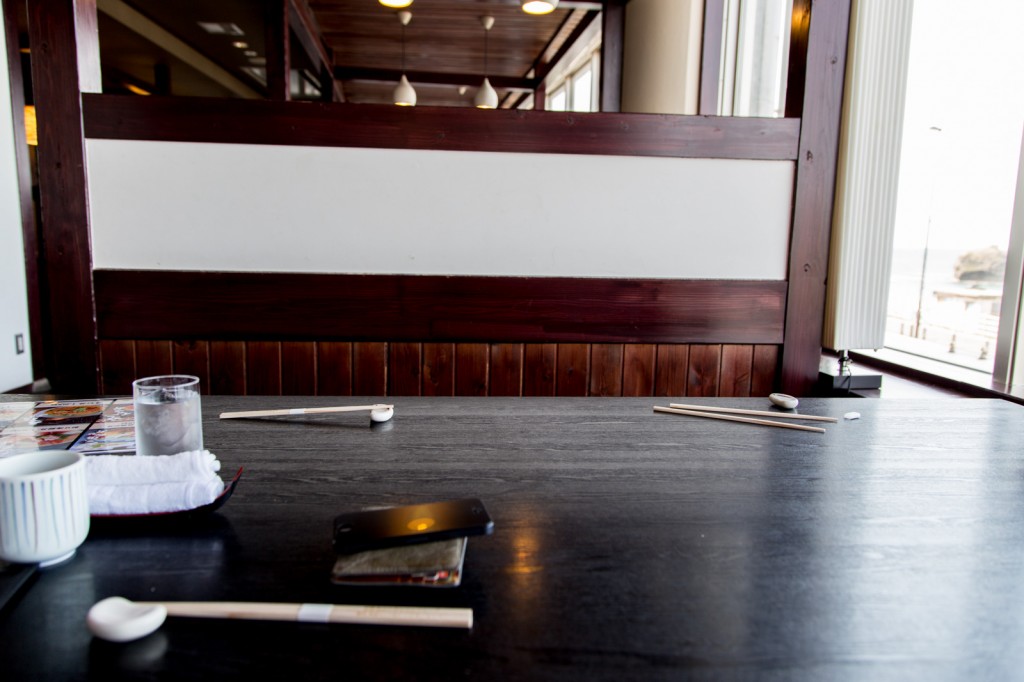
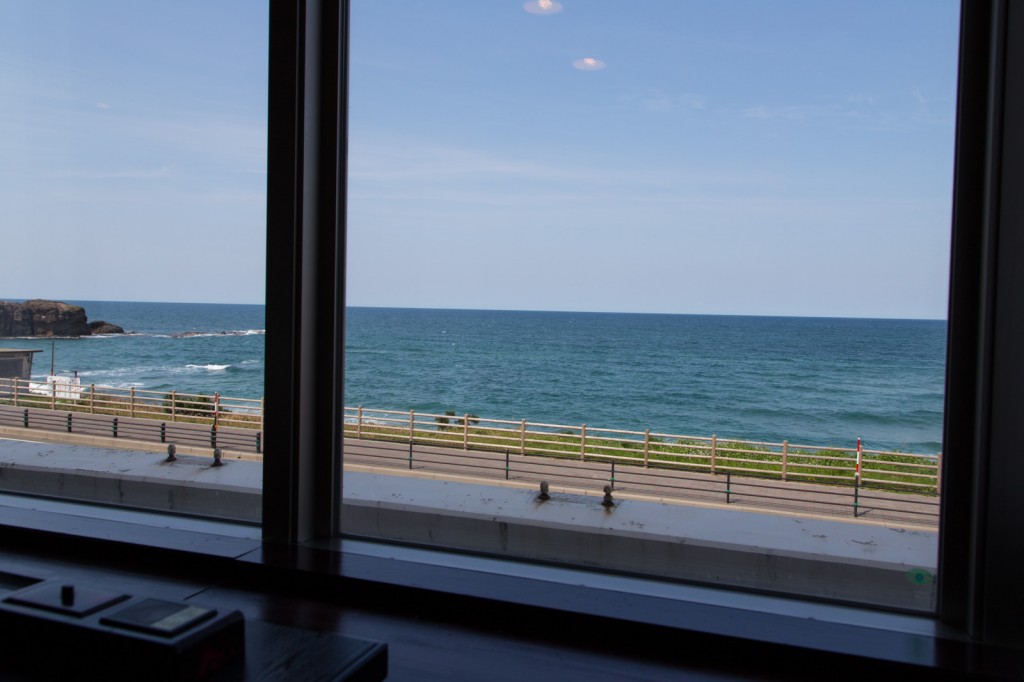


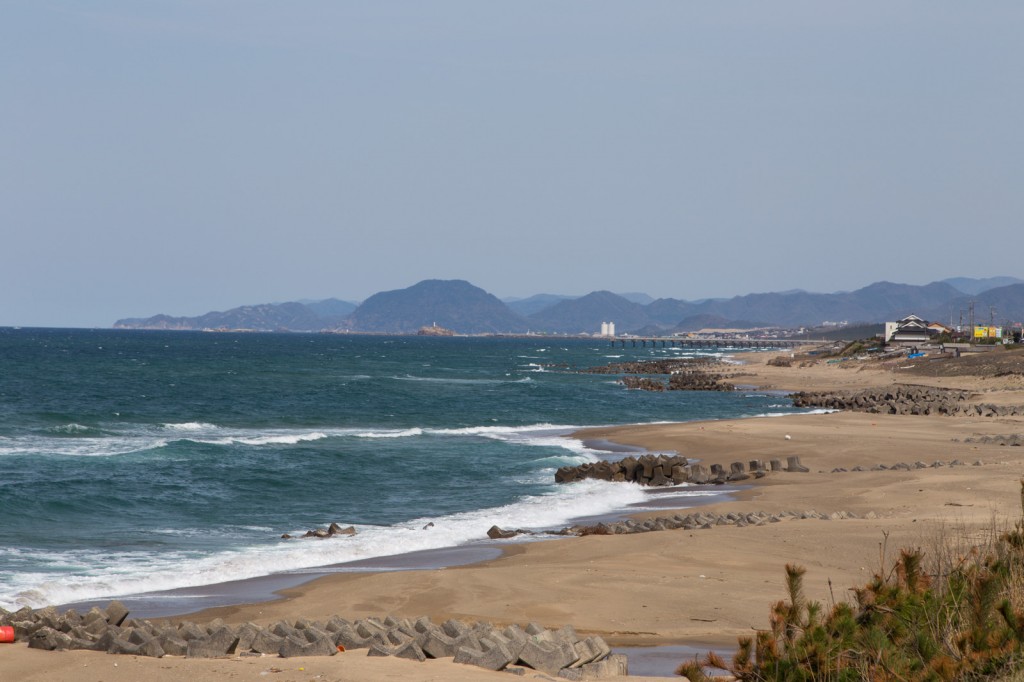
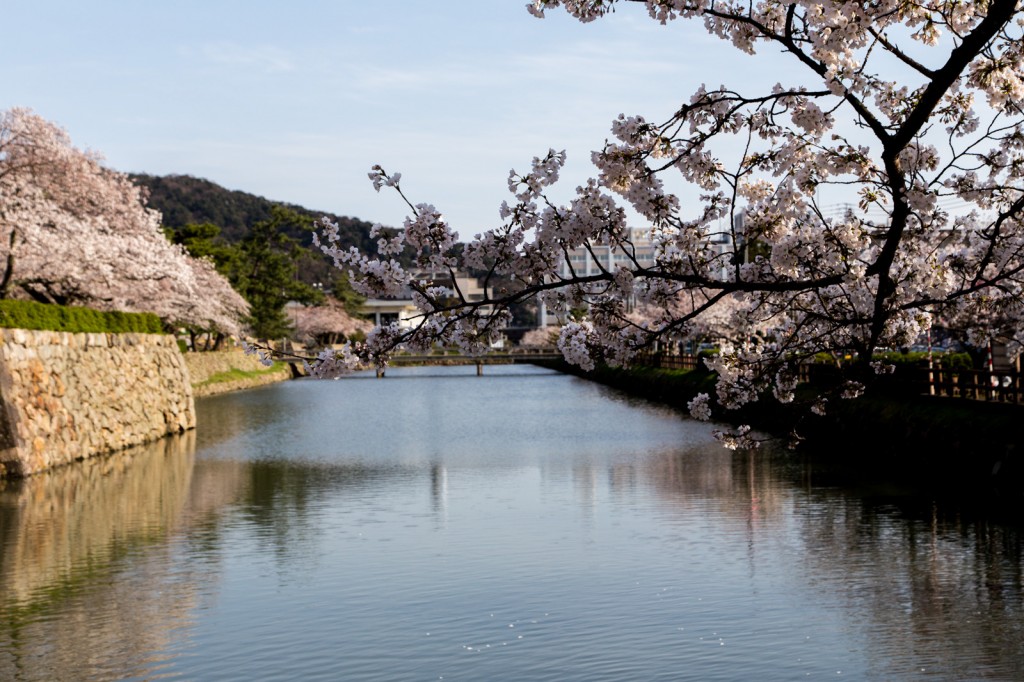
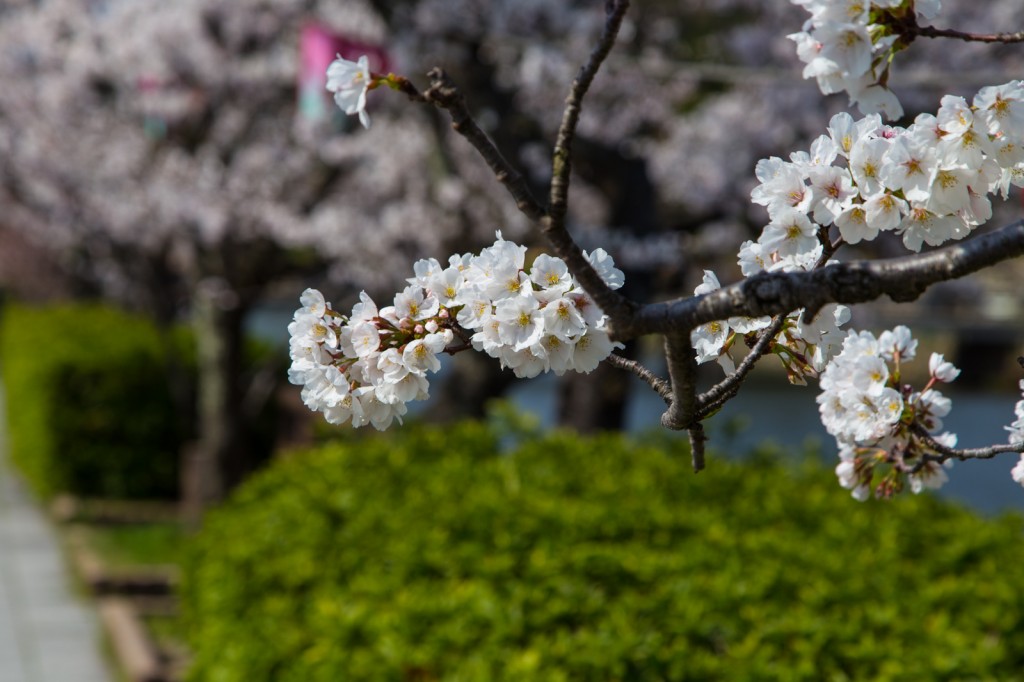

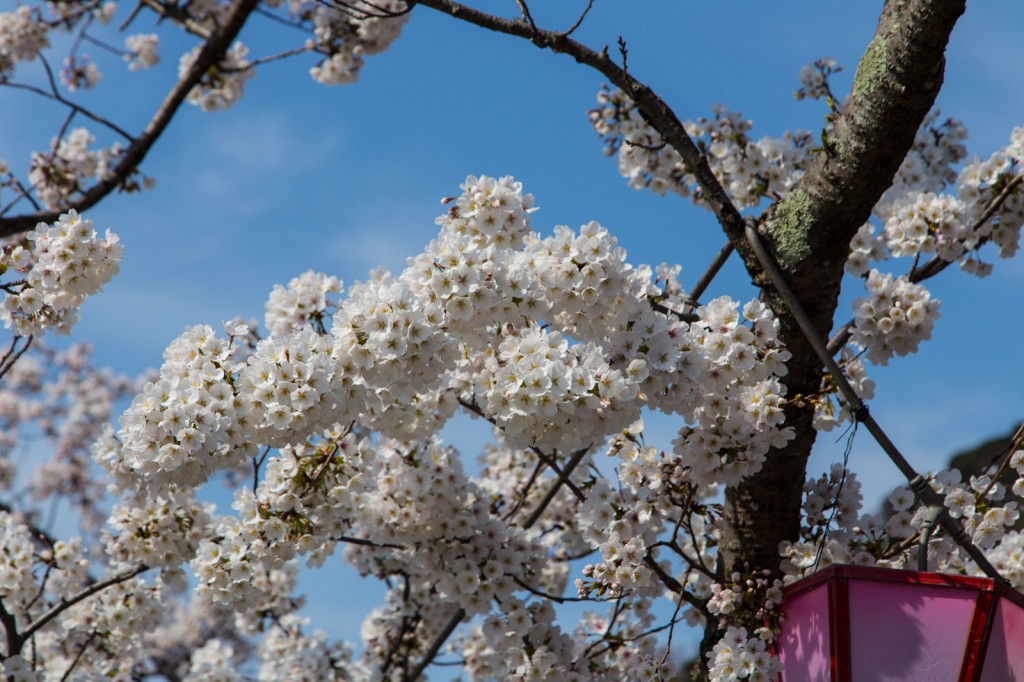
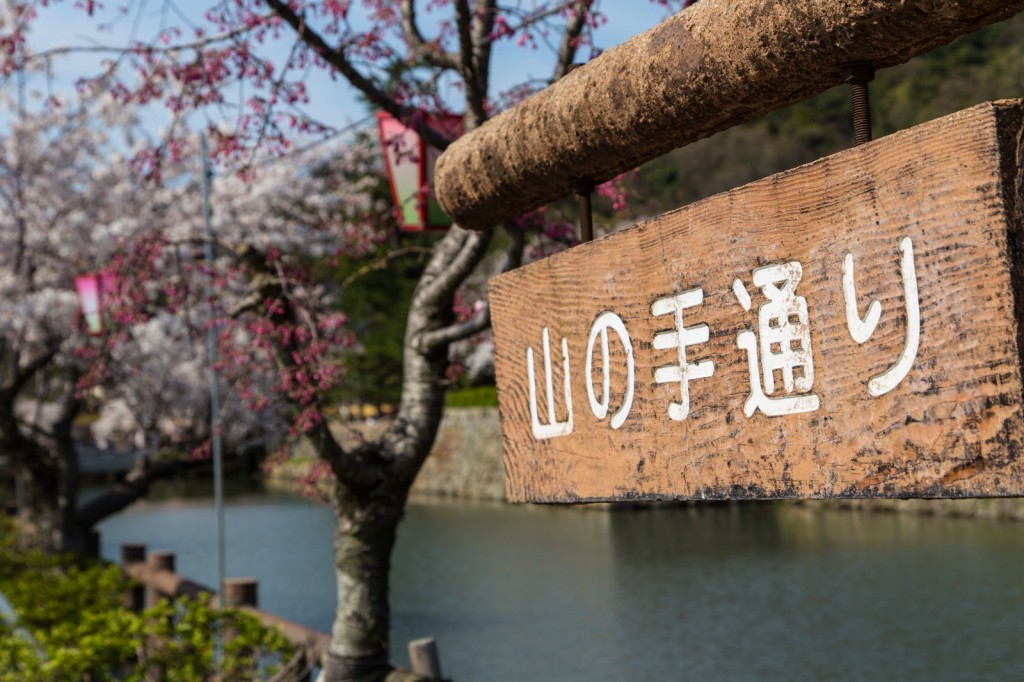
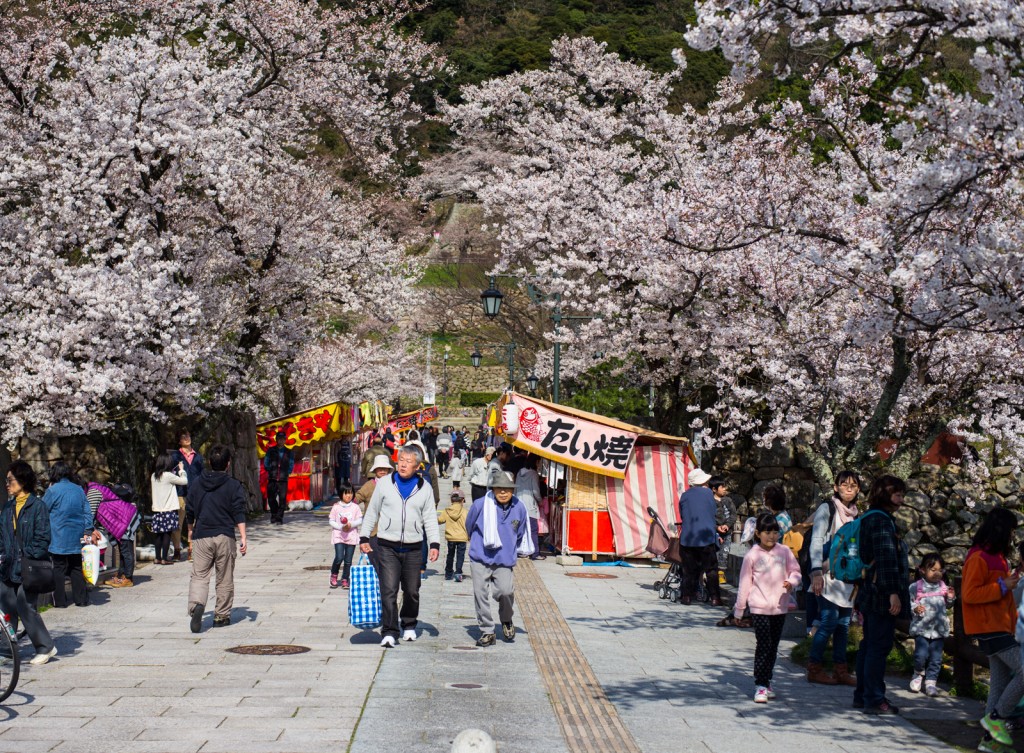
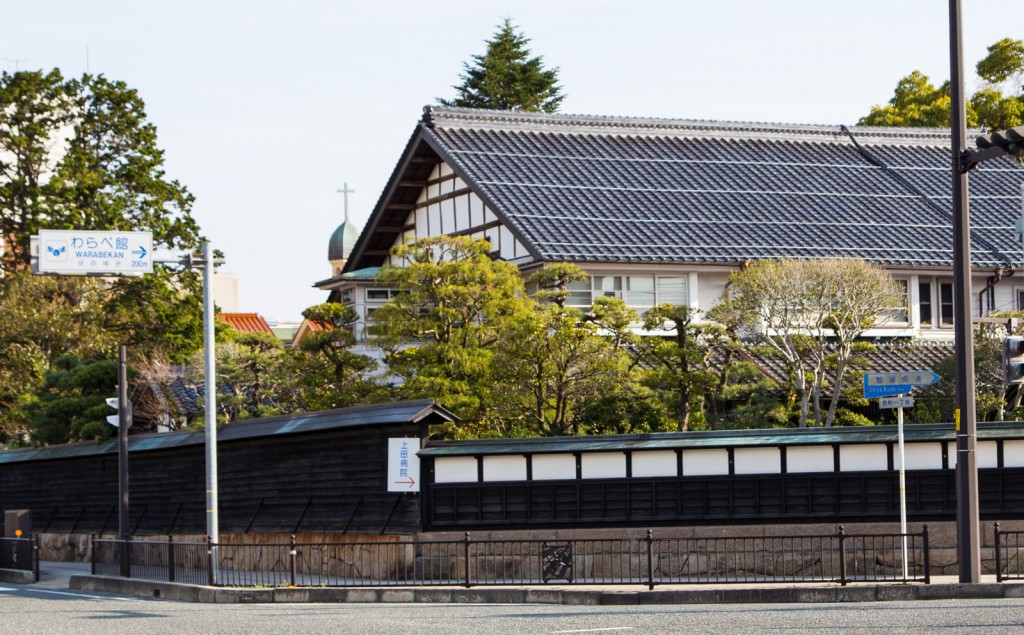
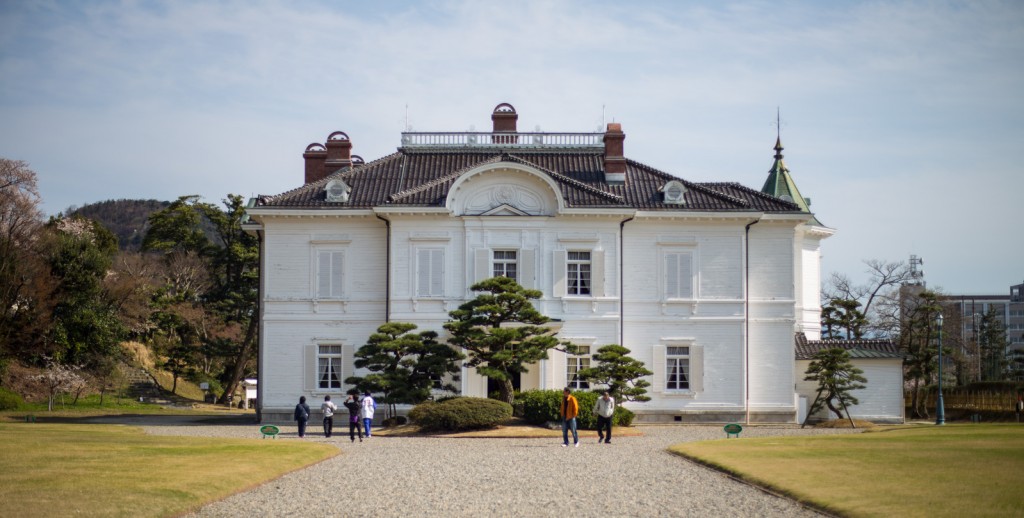

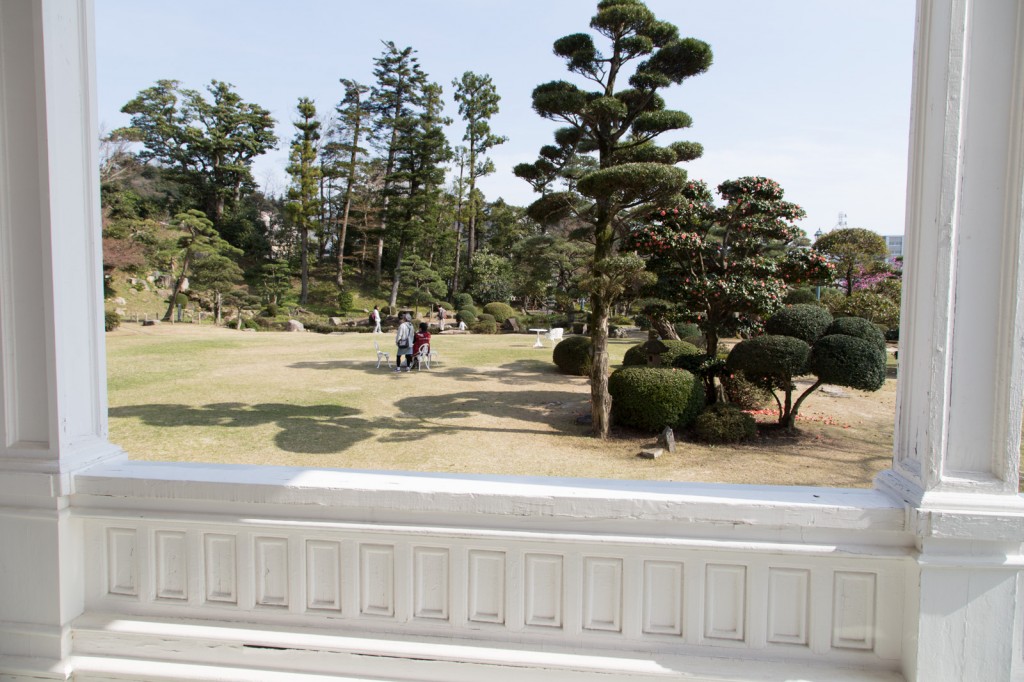
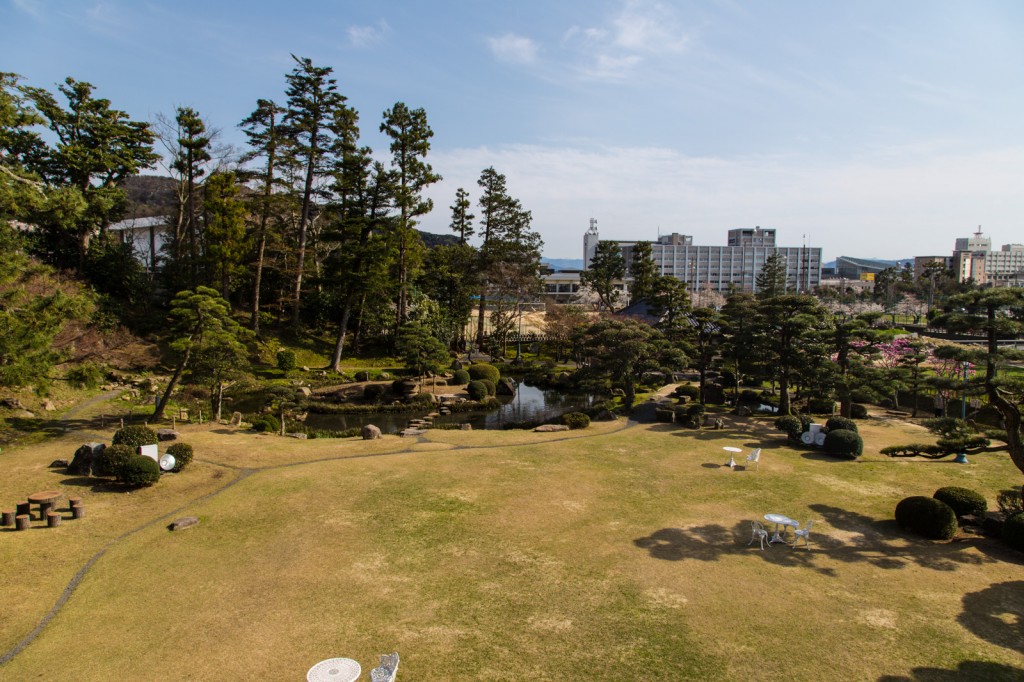
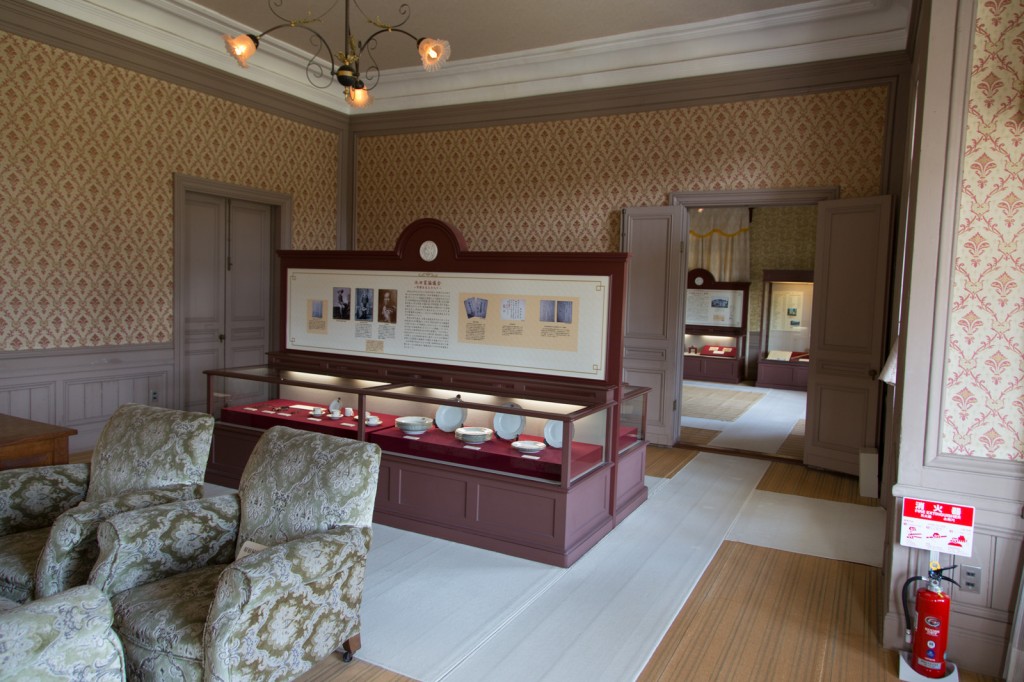
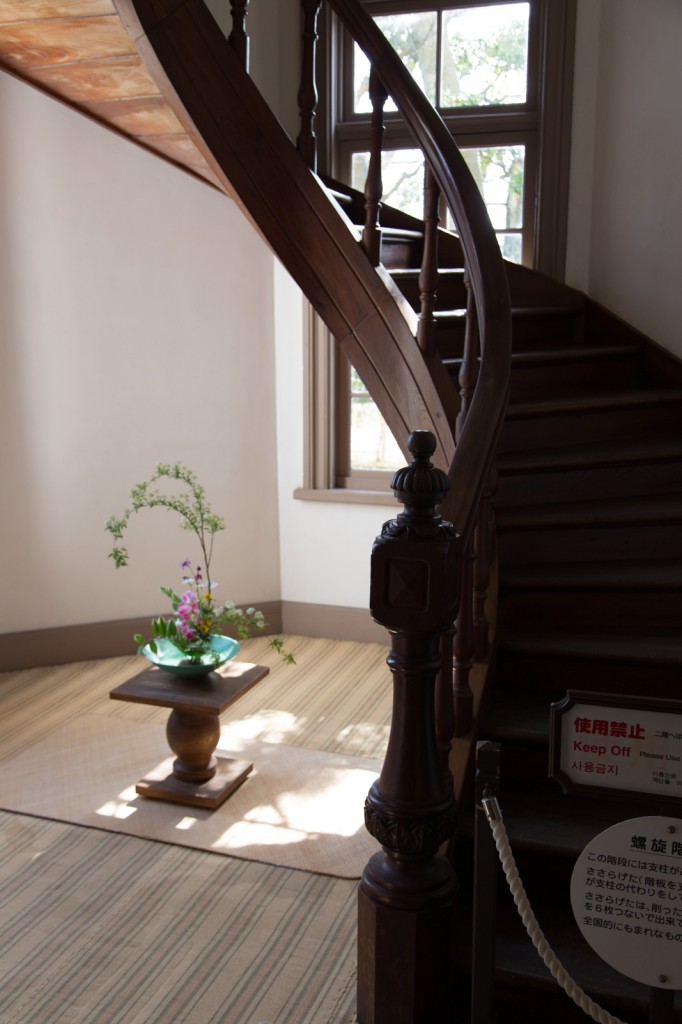
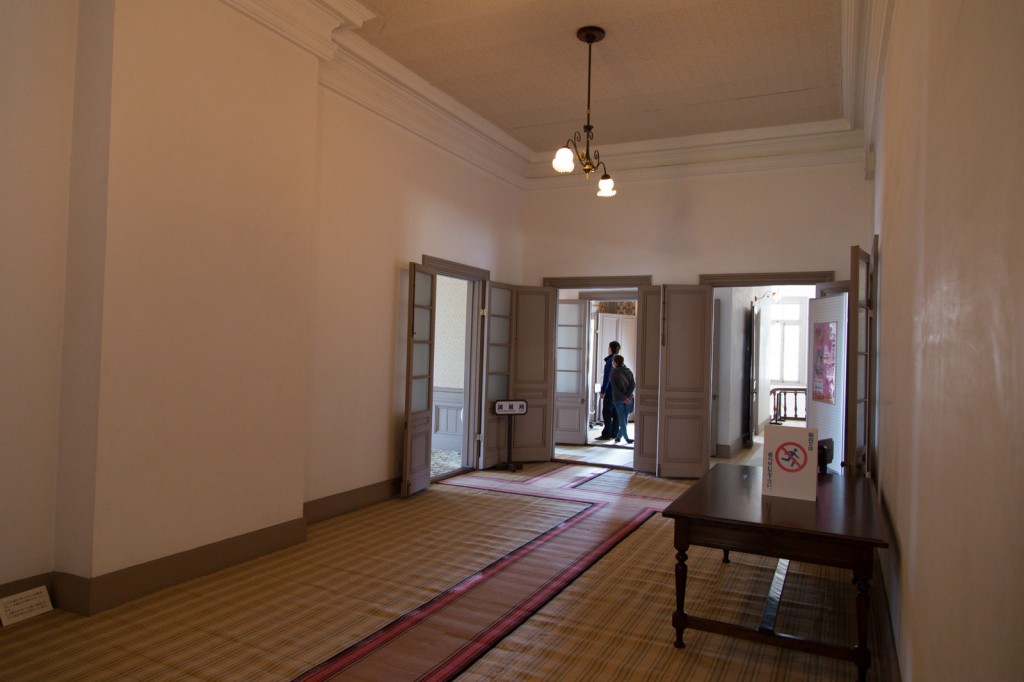




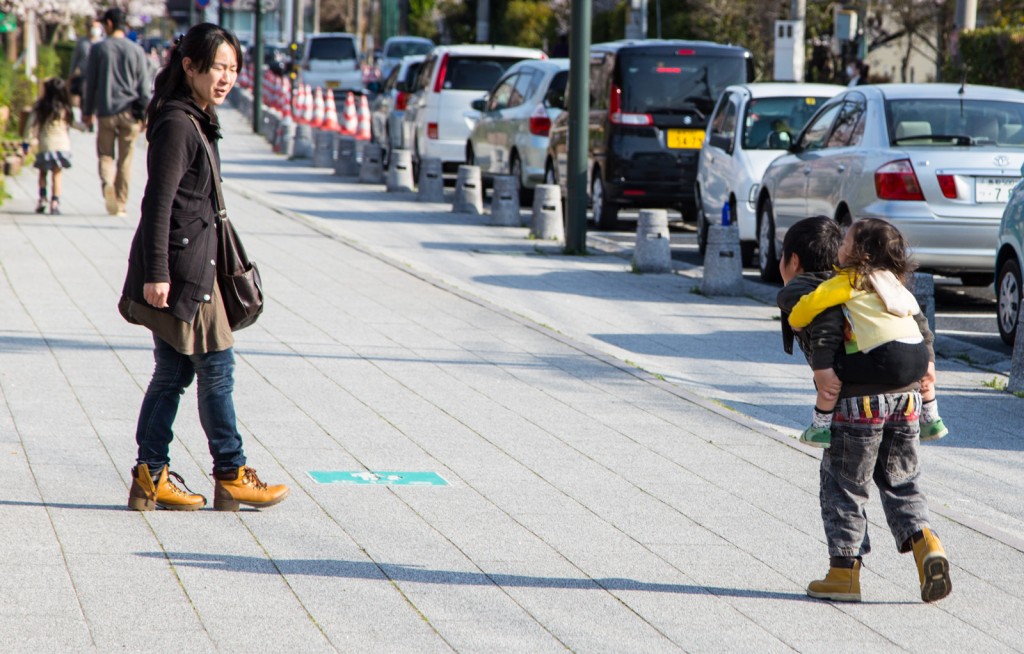

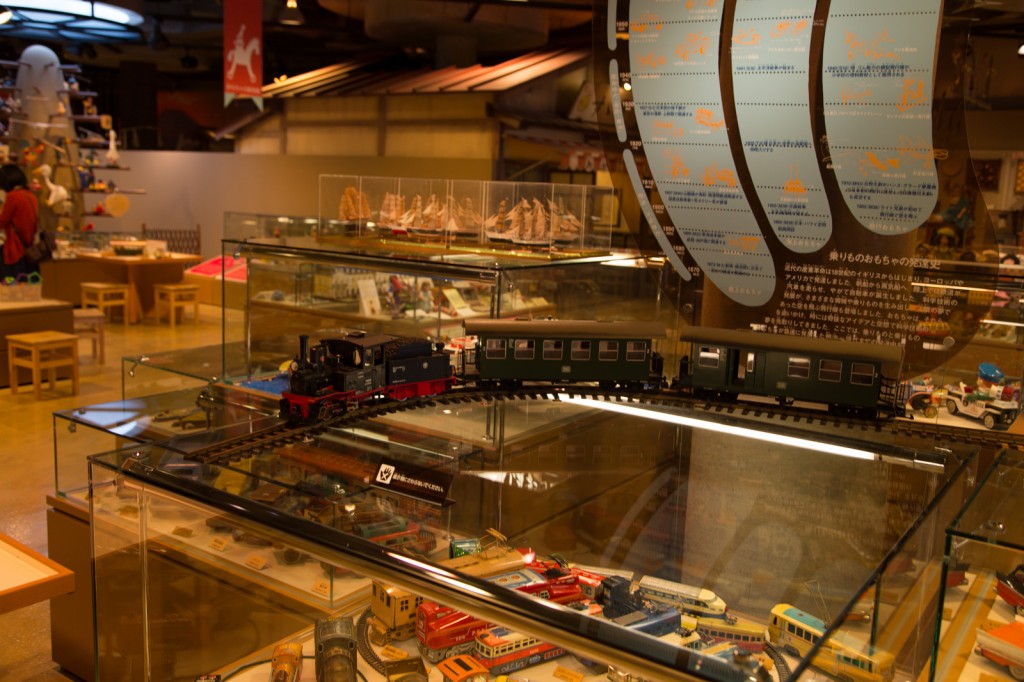


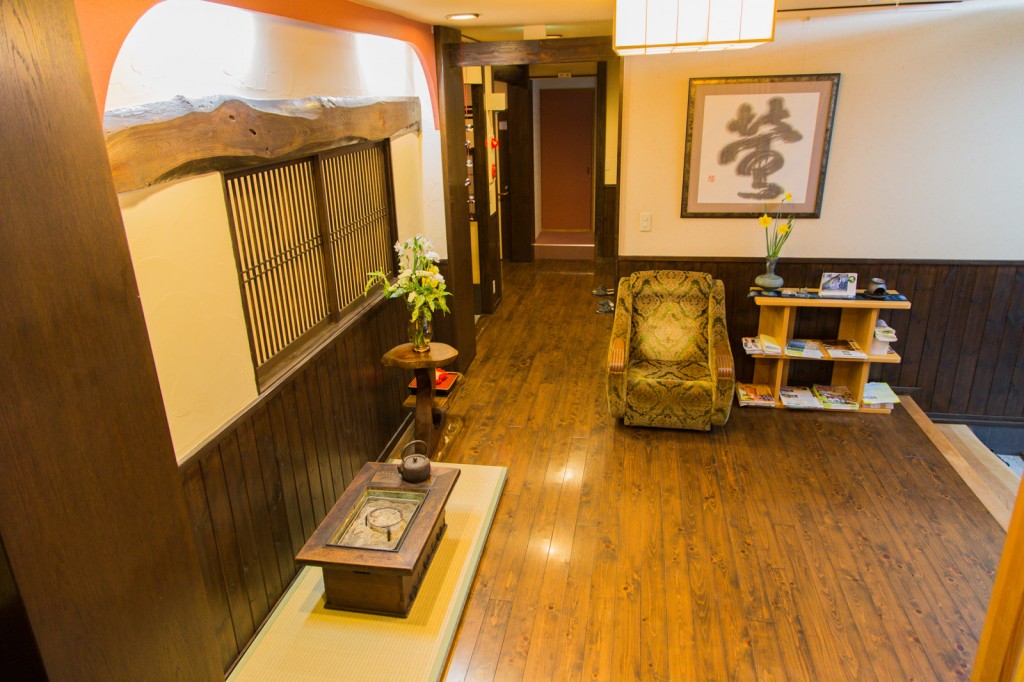
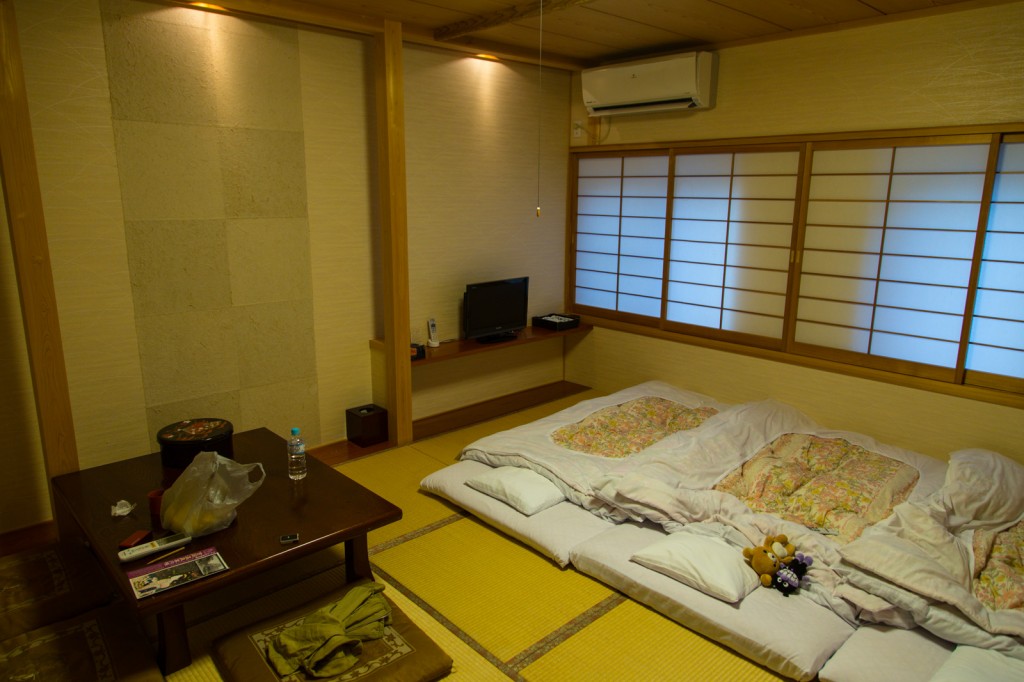

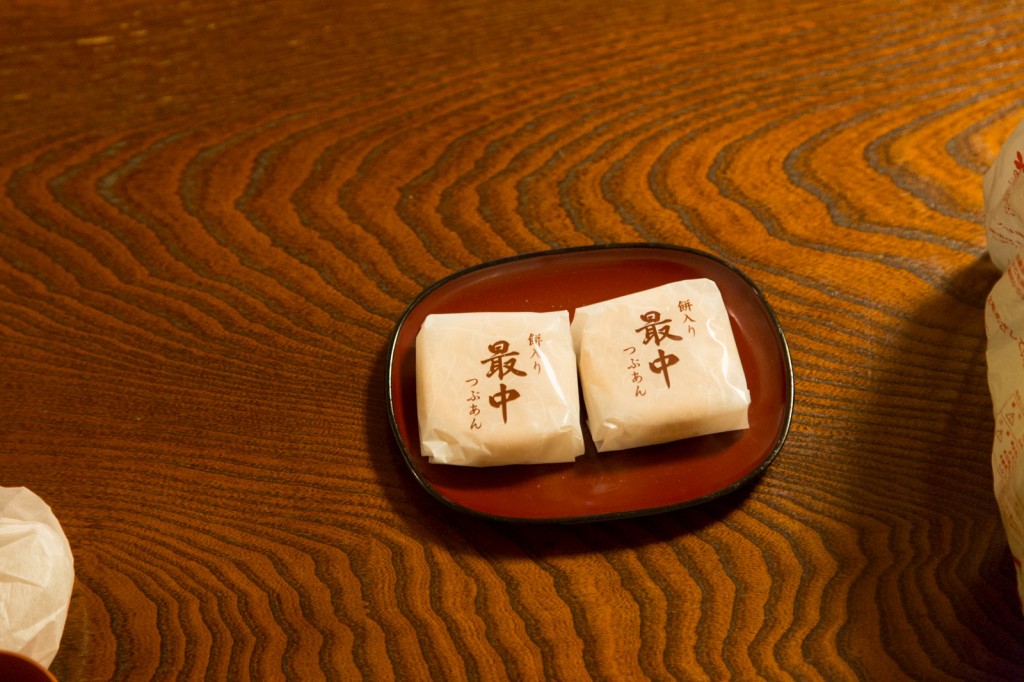

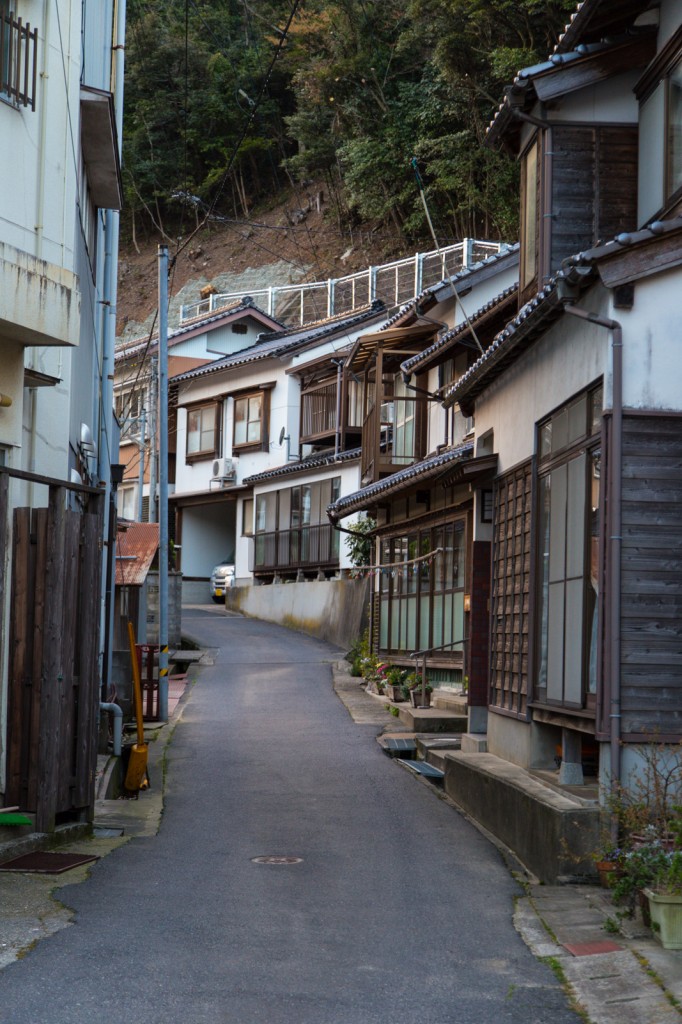

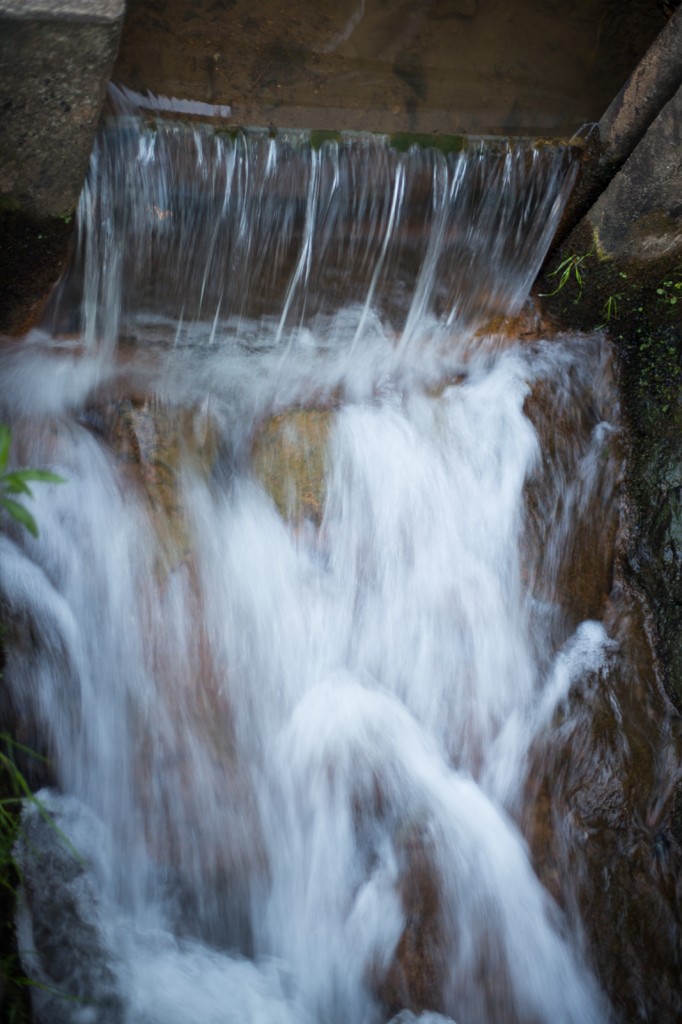


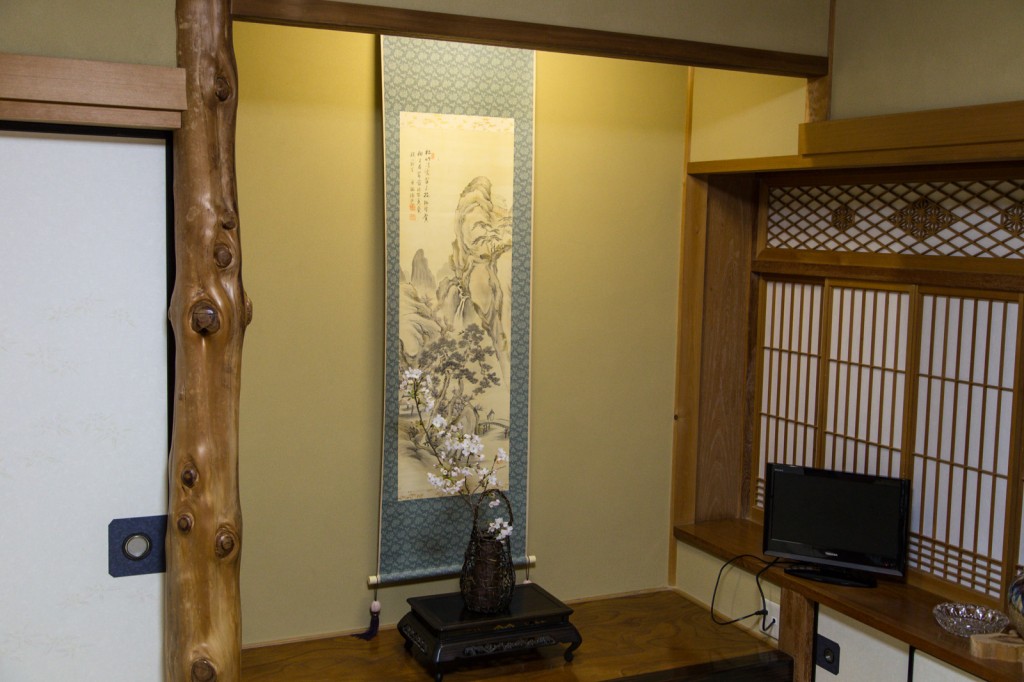
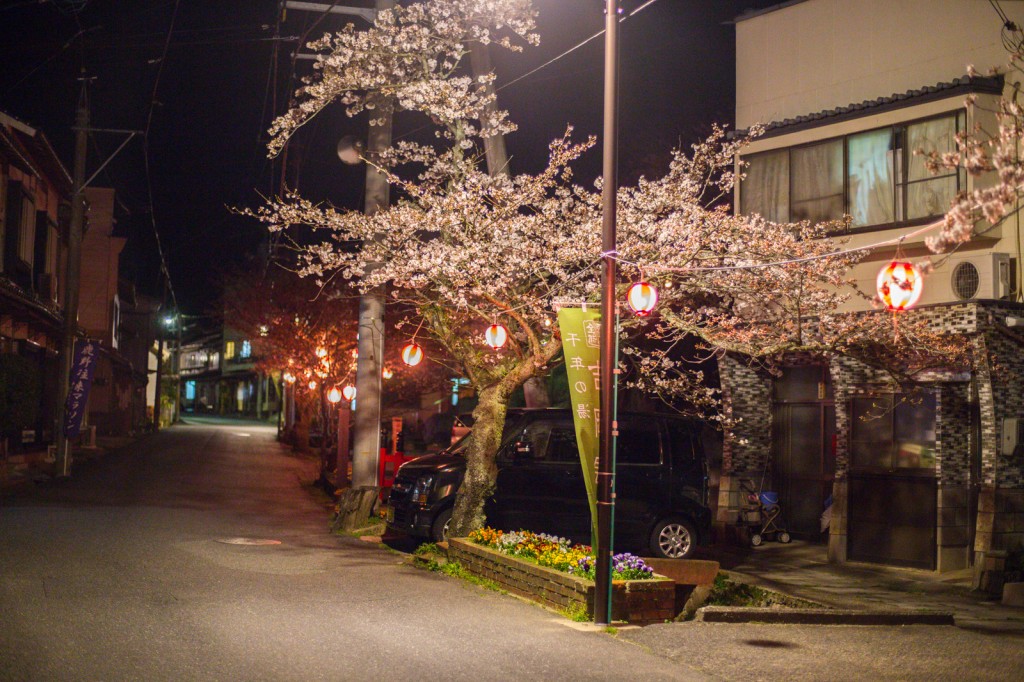
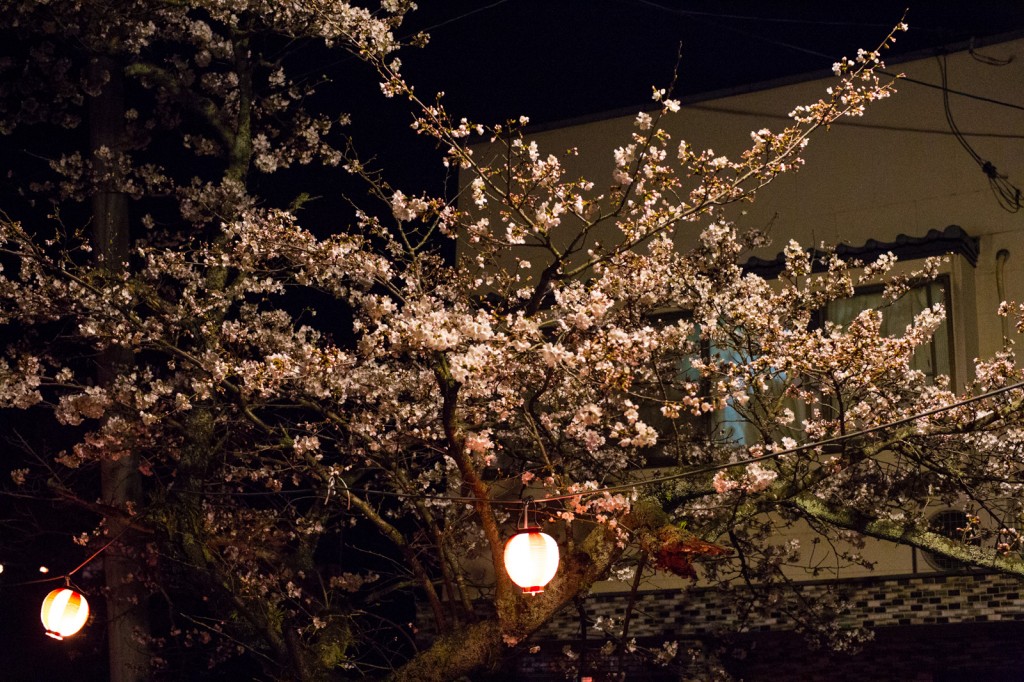
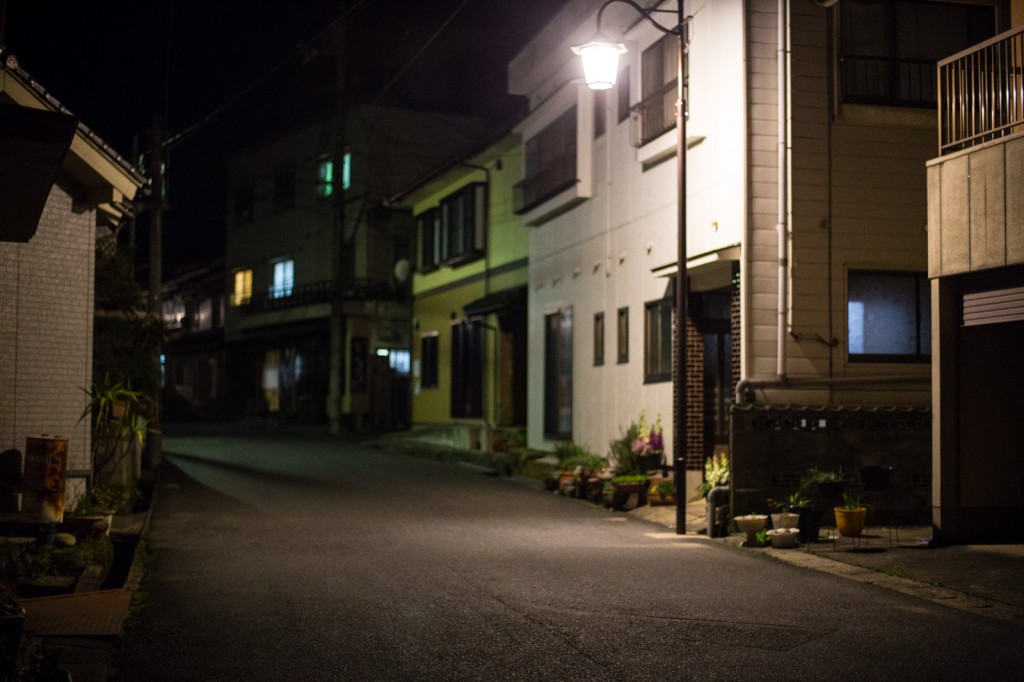
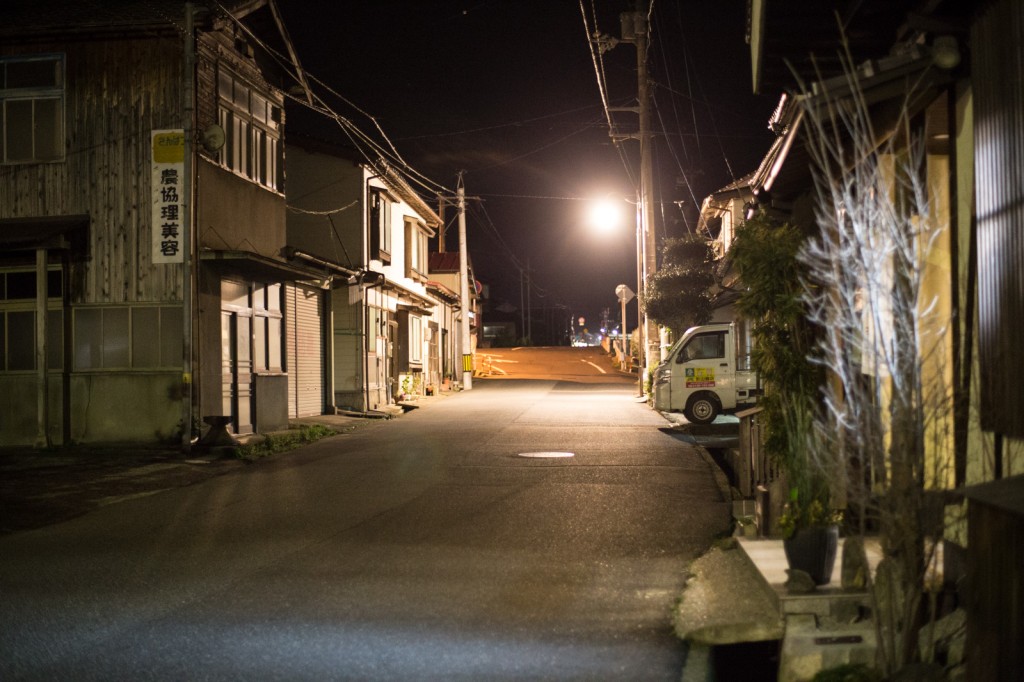
You must log in to post a comment.